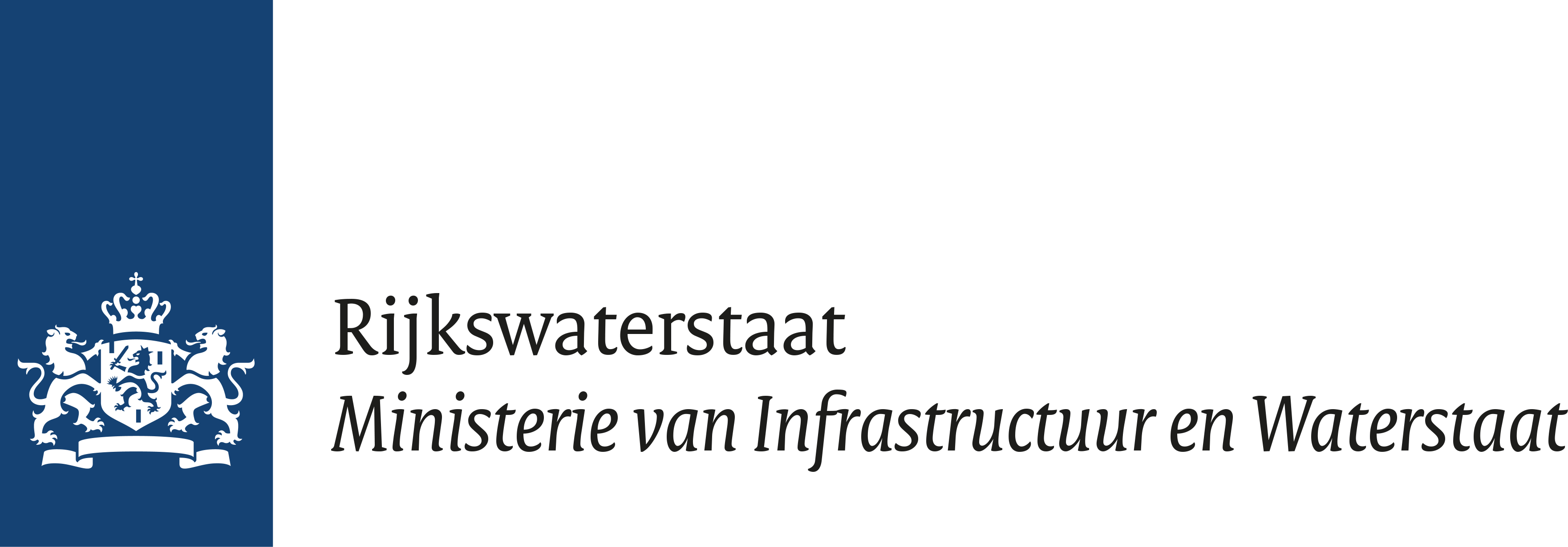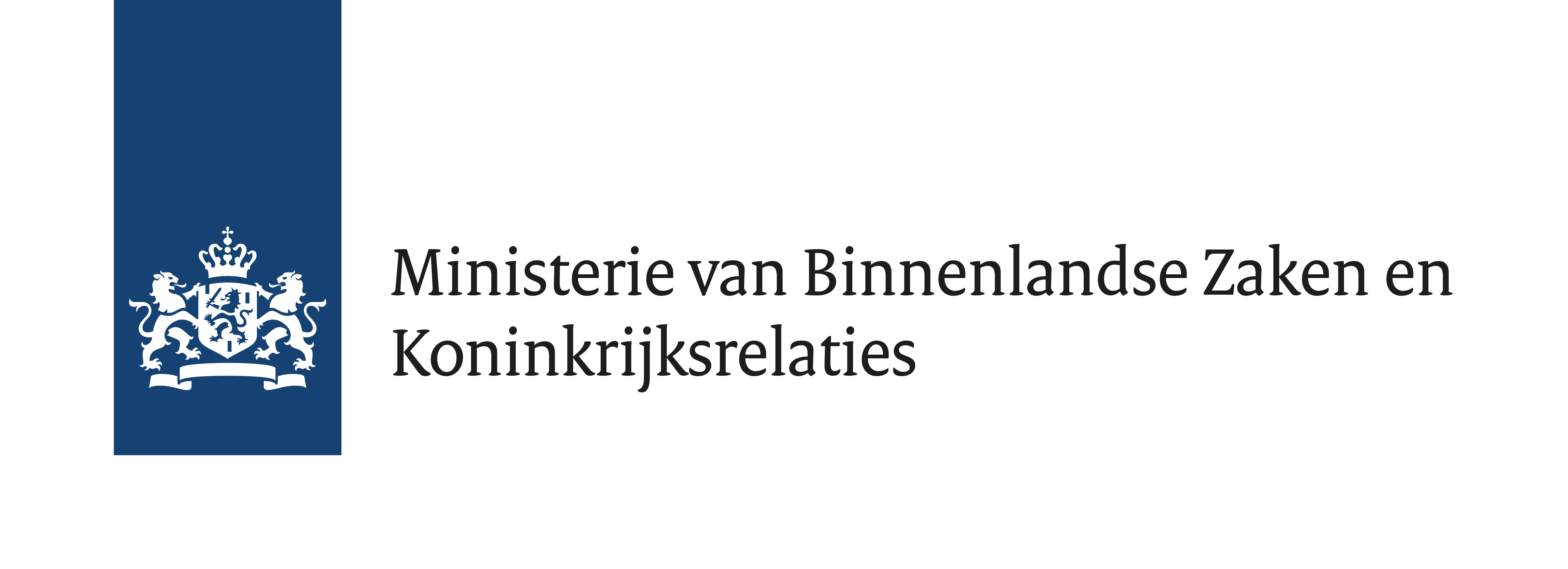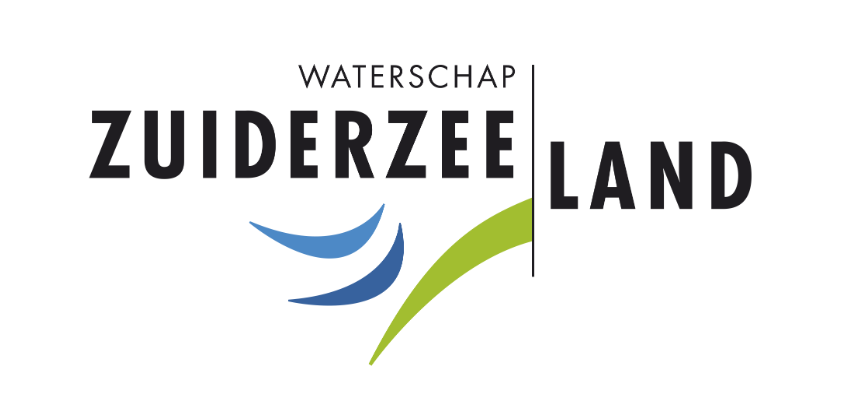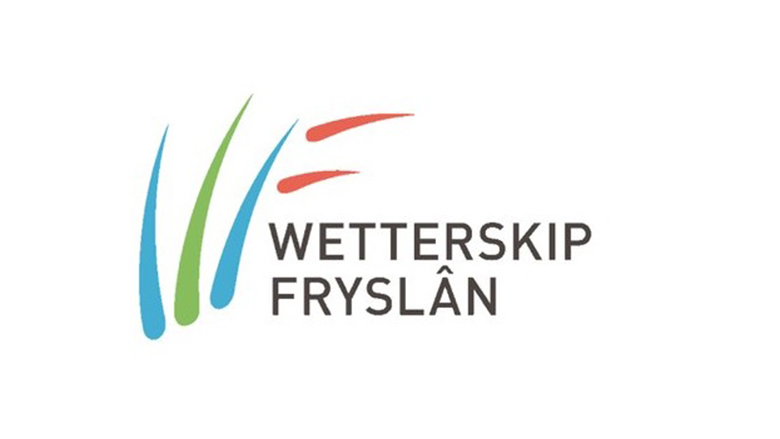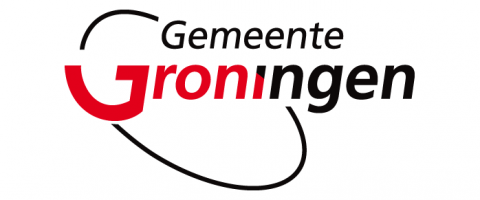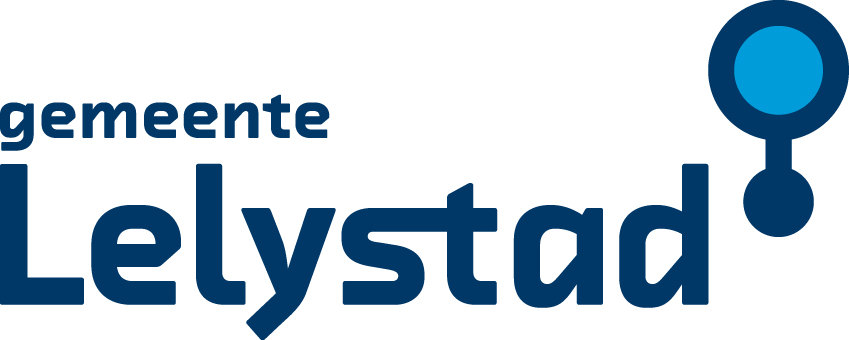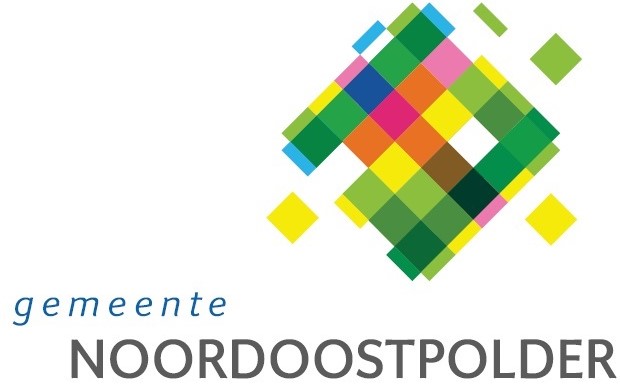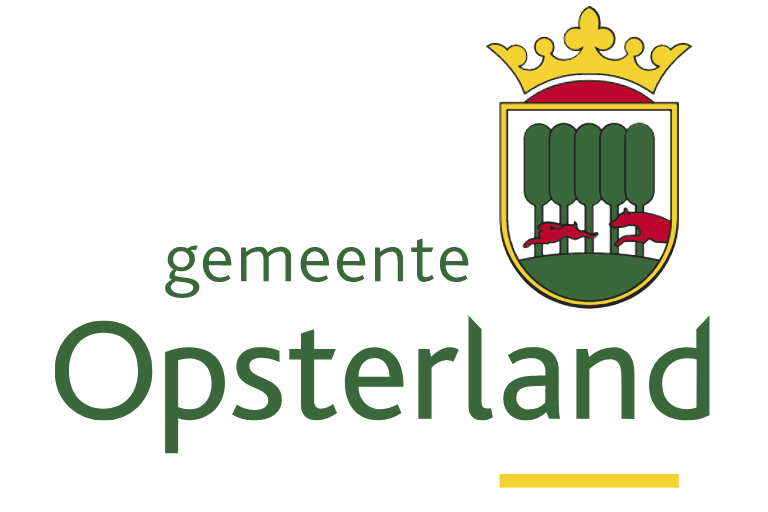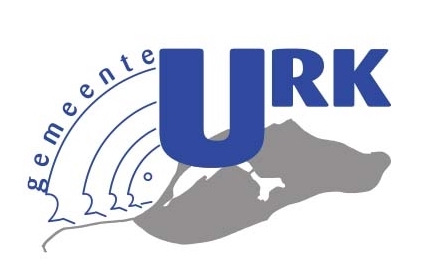13 November 2024
Final research report Lelylijn

The Lelylijn project has completed the task of delivering a MIRT (Multi-Year Infrastructure, Space and Transportation) study. Based on the final report, the Administrative Consultation MIRT took the decision last Wednesday (Nov. 6, 2024) not to make a decision yet and to have a follow-up meeting before the end of the year. All parts of the surveys are now complete.
Continued
The desire to better connect the Northern Netherlands with the rest of the Netherlands using the Lelylijn has been around for some time. Therefore, in 2022, a project group was appointed and tasked with investigating several aspects surrounding the Lelylijn. These studies have now all been completed and summarized in a final report that has been presented to the BO MIRT. The report underlines the intention to want to take a follow-up step for the Lelylijn. At this time, however, the time is not yet ripe for this, according to the BO MIRT.
Investigations
The studies on the Lelylijn, conducted over the past two years, are described in detail in the final report. In summary, the studies show that the Lelylijn offers added value for the northern Netherlands in terms of accessibility, living, working, education and care. In addition, the Lelylijn especially interregionally offers the solution for a more robust rail network, also towards Germany.
Accessibility
The studies show that travel time with the Lelylijn between Groningen and Leeuwarden and the Randstad will be significantly reduced by up to three quarters of an hour. Travel times are also reduced between the four provinces. In the Bundelingsalternative along the A6, A7 and A32 freeways, at least Emmeloord and Drachten, but possibly also Leek, Joure and Lemmer, will receive a station at Lelylijn, giving these small towns many additional opportunities in terms of housing, jobs and income. Travel times for Lelystad and Heerenveen will also be significantly reduced, especially compared to current travel times by bus between these towns.
Developments and opportunities
The development perspective Lelylijn is a future sketch for the area around the Lelylijn and fits into the future picture for Northern Netherlands as a whole. The route along Drachten and Emmeloord was taken as a starting point. De Lelylijn can better connect cities and strengthen businesses while keeping rural areas attractive and vital. The advent of the Lelylijn will allow 55,000 to 115,000 additional homes to be built by 2050 and add 30,000 to 70,000 jobs, in addition to the growth already expected without the Lelylijn. This included research on the opportunities and threats of the Lelylijn for water, nature and agriculture.
Prosperity
Several studies have looked at broad welfare. Because accessibility will be significantly improved with the arrival of the rail line, residents of the Northern Netherlands will have greater access to appropriate education, jobs and amenities. As Lelylijn creates more work, incomes improve. In addition, the region is becoming more attractive for new businesses and innovation. Hospitals are more accessible by public transportation, and it also puts other medical specialties within reach for more people. Livability in cities and towns will improve, and neighborhoods can either improve or even be newly built. Immediately adjacent to Lelylijn, up to 115,000 additional housing units are expected. In total, Northern Holland could provide up to 181,000 housing units for the Netherlands as a result. This also creates more vibrancy in certain cities. In addition, better public transport contributes to a more sustainable society, also because it can act as a booster for underlying public transport.
Interregional and international
De Lelylijn primarily improves interregional connections; it connects the Northern Netherlands to the Randstad. In addition, the Lelylijn also has potential for the international network. This is especially true for the nearly 2 million northern residents, who can travel to Germany via Groningen with a faster rail connection. A cross-border rail connection to Bremen also offers opportunities for the border regions and, in the long term, could enable a fast international connection to Hamburg and beyond. The Lelylijn also helps these northern residents get better train connections to Brussels, London and Paris, particularly through the significant travel time reduction.
Cost
The most advantageous variant should cost 8.2 billion euros; the most costly 17.2 billion euros. The middle variant, which in terms of estimates would provide the most travel time gains and passengers, should cost 13.8 billion euros.
So far, three billion euros have been earmarked for the Lelylijn by the previous cabinet. In addition, the region has already expressed its willingness to contribute and a European application may be made. However, the amount of those amounts is not yet known.
Process of decision-making
The Lelylijn project is in the research phase of the MIRT working method. The final report with the sub-studies is now ready. The collections of studies were presented to the Administrative Consultation MIRT on November 6, 2024. A follow-up discussion will take place in December in BO MIRT.
Final Report
On this page you can view the final report and appendices.
Lelylijn-routes on the map
View the interactive map showing the three possible routes studied here.
About the Lelylijn -project
At the end of 2022, the national and regional governments jointly decided on a MIRT- and NOVEX-investigation into the Lelylijn, a new and fast rail connection between Lelystad and Groningen and Leeuwarden. A rail connection that will bring the Northern Netherlands (Groningen, Fryslân, Drenthe and Flevoland) and Randstad closer together and can reduce the differences between regions.
The study of the Lelylijn focuses on the added value of the Lelylijn and what development perspective the Lelylijn can offer the (Northern) Netherlands. This concerns the rail link itself, spatial developments and the impact on the broad prosperity of the Netherlands and the Northern Netherlands in particular.
By mid-2024, the Lelylijn is included in the Main Line Agreement 2024-2028: “Construction of the Lelylijn will continue, with construction starting in Groningen if feasible in terms of implementation.”
The previous administration set aside a contribution of €3 billion. That amount has been indexed to €3.4 billion.
Collaboration
In the MIRT-research, Empire (Ministry I&W, EZ, VRO) and region are working together.






